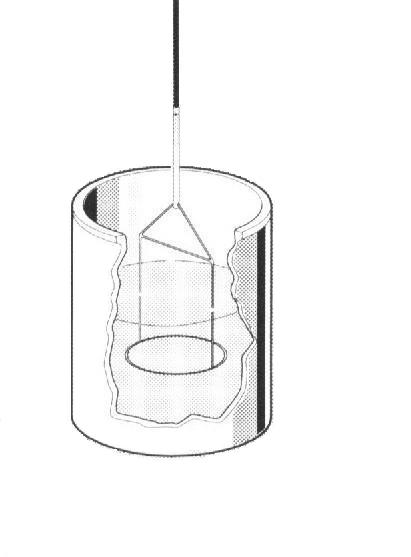Volume 2 Issue 5
What’s Happening at Missouri S&T: Fall Short Courses This fall we will be offering “Basic Composition of Coatings¿? on September 12-16, 2005 and “Introduction to Paint Formulation¿? on October 10-15, 2005. The Basic Composition course is intended for new personnel in the coatings profession. It targets the components of coatings (resin, pigments, extenders, solvents and additives), testing and specifications, general formulation and manufacturing methods. Basic Composition is primarily a lecture course with several laboratory demonstrations. The Introduction to Formulation course is intended to give the person a fundamental knowledge of how to approach a starting formulation and troubleshoot it. This course involves both lecture and laboratory work For more information see our web site at http://coatings.mst.edu/ and to register contact Michael Van De Mark at coatings@mst.edu or call 573-341-4419. Summer Interns Remember to contact us early if you are planning to hire a summer intern next year. We will make sure that our students are informed of the opportunity. Technical Insights on Coatings Science What Factors Influence Slip? Slip generally refers to the coefficient of friction. When a person walks across a floor and looses traction and falls, this is due to a lack of friction. In the litigious society in which we live this is more important than ever. In some cases we do not want friction such as having two parts slide past each other easily. In any case, the control of the coefficient of friction is important. To decrease the coefficient of friction, the addition of various waxes, fluorocarbon, or silicone materials can work effectively. A decrease in surface roughness will also increase slip. As a coating becomes harder or more cross-linked, the coefficient of friction usually decreases. Thus hard coatings containing waxes will generally have a low coefficient of friction. To increase the friction is more difficult. In general, some soft polymer beads, such as polypropylene, can increase friction. Other approaches are to use a softer resin or to decrease cross-linking. The increase of surface roughness will also work but it changes the gloss which can be an issue for many applications. It is very important to be able to measure the coefficient of friction, especially for floor finishes. The most accepted method for this measurement in floor finishes is using the James Machine witch is based upon the ASTM D-2047. This test is also most often used in court for slip and fall cases. The End User Water Borne Coatings and Foam Water borne coatings are increasingly being employed for higher gloss applications. Water borne coatings in general will have more foam problems with increasing resin content. Higher gloss finishes are thus more prone to foam problems than flat or matte finish coatings. There are two types of foam, macro and micro foam. The macro foam is what we are all used to seeing. It is the bubbles which rises rapidly to the surface and usually break. To break up macro foam, the formulator just adds either a silicone or mineral oil defoamer. Micro foam, however, is foam which requires magnification to see. It will hurt the performance of the coating including producing pores which can act to anchor mildew. If you look at the semi-gloss trim on your house or at work with a 20X magnifying glass, you will note small pores. These are the result of micro foam. You can tell if a coating has micro foam in it by determining the density of the coating. If it is less than the theoretical value it probably has foam. Micro foam is very hard to remove and often is not, as can be evidenced by the previously described experiment. To avoid micro foam, surfactants should be avoided. Also, use a resin which you can grind in. Utilize thixotropic additives to give the bubbles time to release before the viscosity rises trapping the bubbles in the film. Look at the lamella length in a surface tension measurement (Figure 1), because as the lamella length increases, so does the stability of the foam.
More experimentation with anti-foaming agents as well as defoamers will also be needed to optimize the formulation. With effort, the foam problem can be eliminated. The applicator needs to be aware that over-working the paint will increase the bubble forming problem. Avoid application methods which induce bubbles such as rollers and brushes with repetitive passes. Careful attention to details can result in pinhole free high gloss coatings.
Is there a topic you would like discussed? Contact us by e-mail at coatings@mst.edu. |
| September 12-16, 2005 Basic Composition of Coatings This course provides an overview of the components of paint and how they work. Participants are also introduced to methods for testing and manufacture of paint. |
| October 10-15, 2005 Introduction to Paint Formulation This course provides techniques used in formulating paint from raw materials. It involves formulating and making paint in the laboratory, "Hands on!" |
| Coatings for Engineers available on-line anytime This course is designed to educate engineers in coatings science. Coatings systems will be covered from cleaning and surface prep to pretreatment, priming and topcoats. Specification and testing sections will aid all engineers who are charged with these tasks. |
To subscribe/unsubscribe to this newsletter, click here. Feel free to forward to this your colleagues. |

